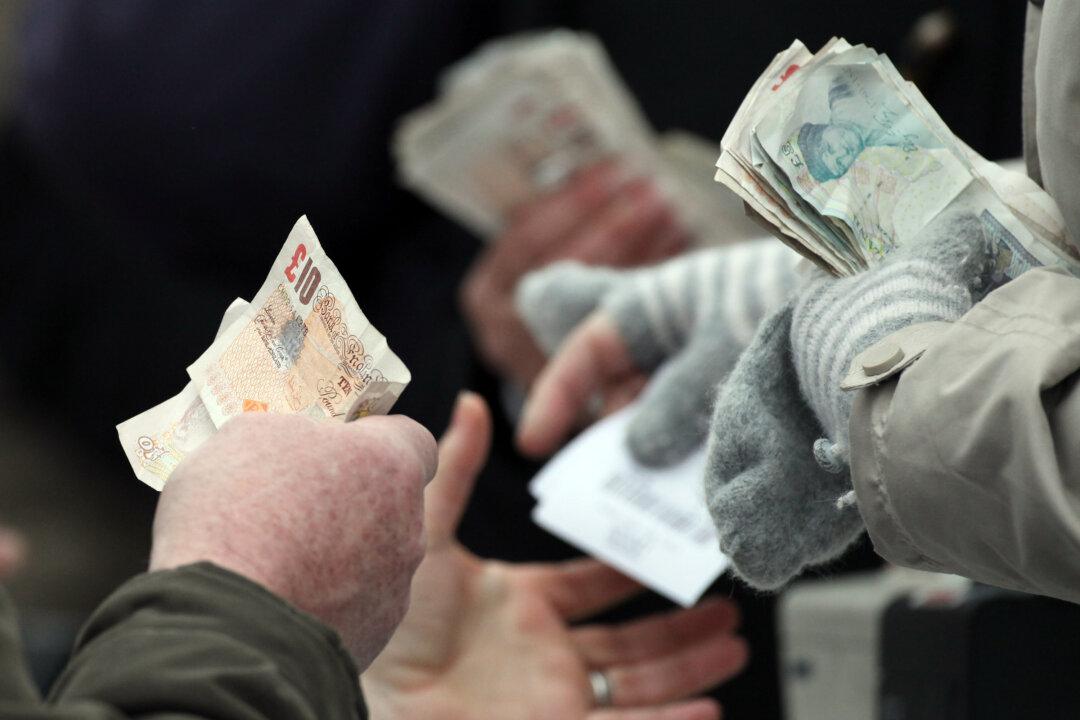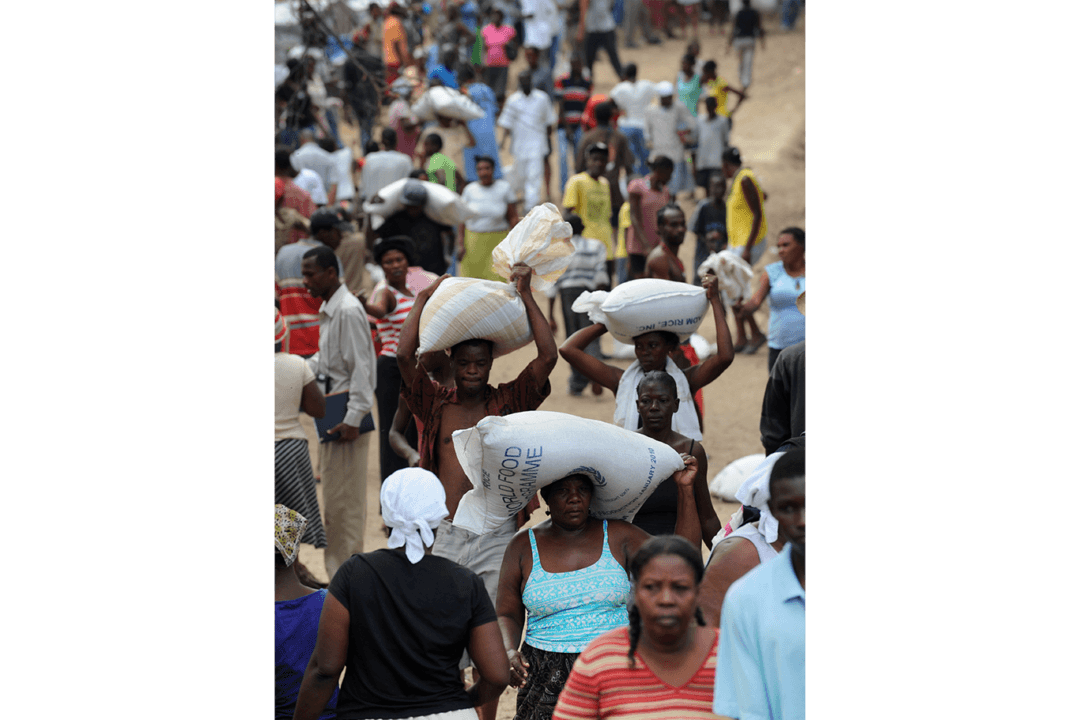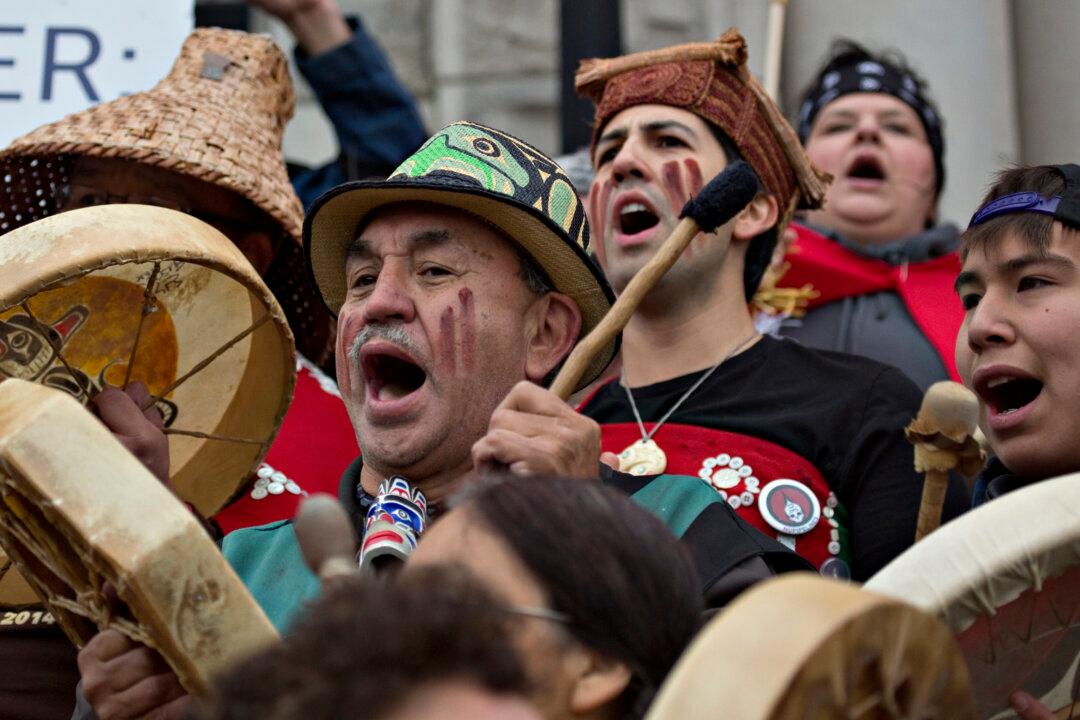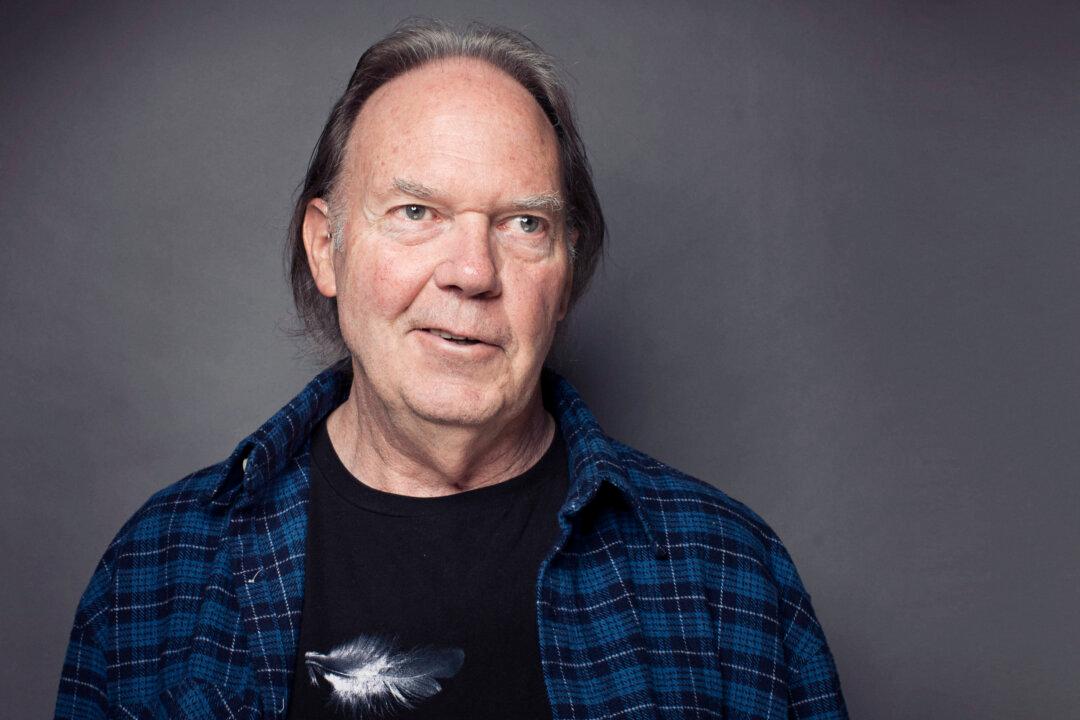The gap between rich and poor—wealth inequality—and what to do about it, is a hot topic. U.S. President Barack Obama calls it the defining issue of our times, and a Pew Research Center survey concludes that at least half of the people in Western economies see it as a “major” problem, one that threatens both our economic and social well-being.
Traditionally, solutions take two paths. One side calls for higher taxes, especially on the rich. Nine out of 10 Canadians support this idea according to Ipsos Reid, and the majority defines “rich” as anyone earning more than $150,000.
Calls from the other side assure us that leaving more money in the hands of individuals will fuel a stronger economy that will benefit everyone, forgetting that, after the financial meltdown, many people have more faith in mall psychics than the free market. For those looking for a real solution, neither option satisfies.
Despite its conceptual popularity, raising taxes, even on the rich, is still politically tricky. Many voters, particularly those in the middle class, fear that tax hikes on the wealthy will eventually trickle down. Others warn it will stall a shaky economic recovery and send capital flying to more tax-friendly destinations. Perhaps that’s why various governments have shied away from significant tax increases in recent years.
But the other reason is our lingering doubt about how well those dollars will be used. Trillions have been poured into social programs over the last 50 years, yet the wealth gap remains. Two surveys—the Edelman Trust Barometer and the Manning Barometer—suggest that trust in government is shriveling while the public has more confidence in nongovernment organizations and even business leaders to solve society’s ills.
Moreover, the welfare state is largely perceived to be grossly inefficient—as bloated and unresponsive as Mike Duffy in a media scrum. In addition to being unaffordable, critics say the welfare state has created an underclass that robs the poor of their dignity and motivation for independence. Ironically, many of the people who scoff at the corrupt entitlement culture so clearly on display in the Canadian Senate, adamantly defend the same culture so obviously embedded in the welfare state.
Voters aren’t in the mood to pour more tax dollars into a faulty system. In his essay Beyond the Welfare State Policy, analyst Yuval Levin says the bureaucratic ineptitude of the welfare state creates cynicism that undermines society’s efforts to balance wealth and dynamism on one hand, and virtue and compassion on the other. He calls for answers that protect these divergent values, respect our individual freedoms, and balance our desire for a just society.
Voluntary Redistribution
Here’s one: Why not develop a fund that allows the poor to accumulate wealth—one that will allow rich and poor to participate in the process of wealth creation together through a program that creates self-sufficiency and public engagement on the issue of poverty? Low-income participants would invest their own dollars, which would be matched by contributions from public donors to create assets that could be used for post-secondary education.
With broad participation, this fund has the potential to grow to a healthy size, and generate a conservative return with the help of professional managers who would run it. The fund would also connect participants with social agencies that would help provide financial literacy and other supports.
According to Momentum Calgary, children with RESPs are eight times more likely to attend post-secondary education, and families with RESPs develop more effective savings habits. As the demand for skilled workers increases, making education affordable and attainable for more families is a wise community investment.
Through this fund, a poor family could do more than invest their small savings in an RESP with little chance of real growth; they could turbo-charge those modest savings with the support of socially motivated donors and grow them at a much higher rate. They would also gain the dignity and self-respect that comes from creating personal assets and begin to end the cycle of poverty through education.
For those serious about addressing the wealth gap, this RESP fund approach offers a legitimate leg up.
If some form of economic redistribution is inevitable, the choice between forced distribution and free distribution offers both challenge and opportunity. If wealth inequality has warped democracy, then voluntary wealth distribution has the potential to restore it. The challenge is to see beyond the politics of the status quo. The opportunity is to rethink the way we might achieve a more balanced society by actively engaging rich and poor in the solution, and rewarding personal responsibility on both sides of the wealth divide.
Joni Avram helps donors, businesses, and nonprofit enterprises gain credibility, build influence, and grow support through effective marketing and engagement strategies. Portions of this article first appeared in Oilweek.com. You can follow Joni on Twitter @joniavram. Copyright TroyMedia.com.




